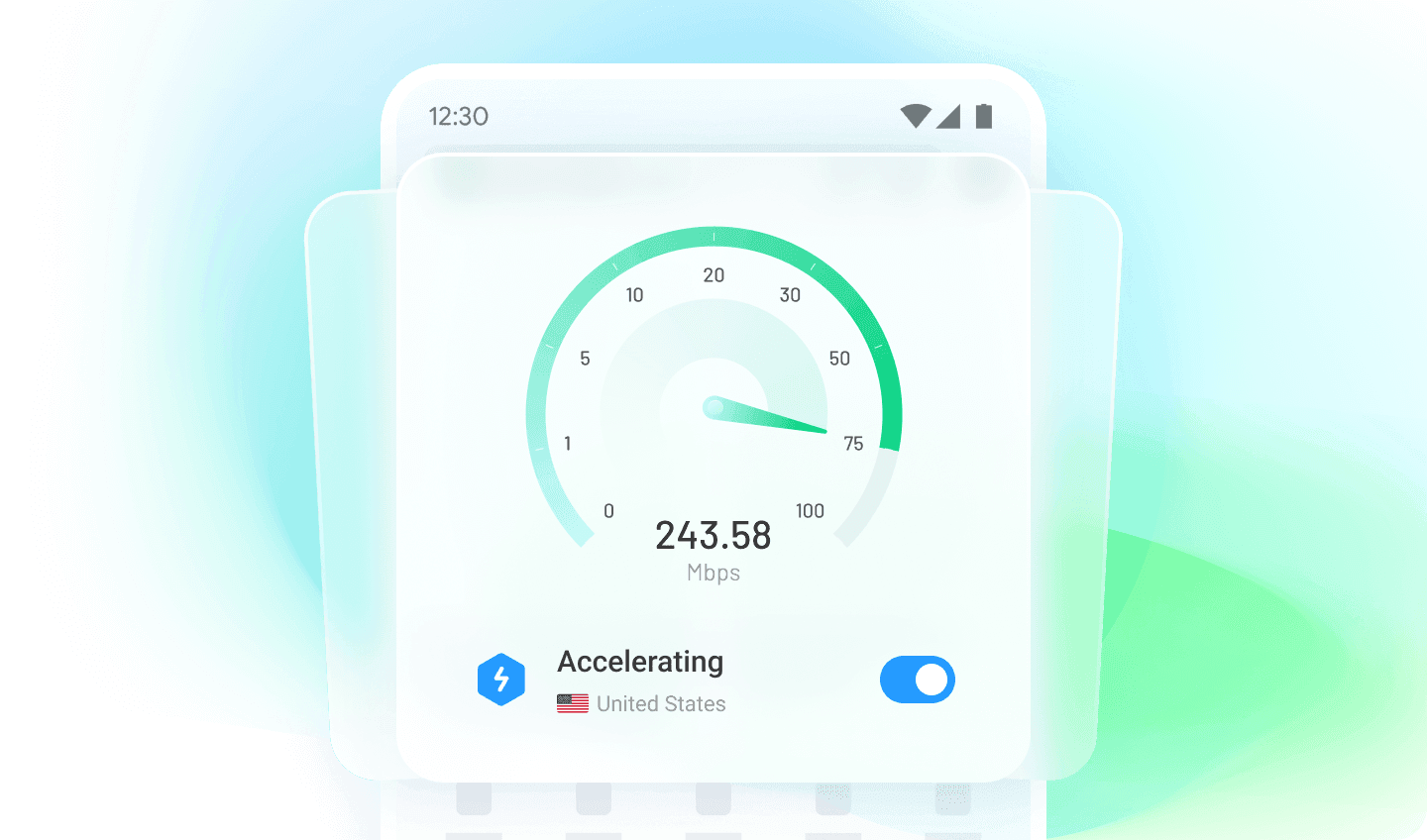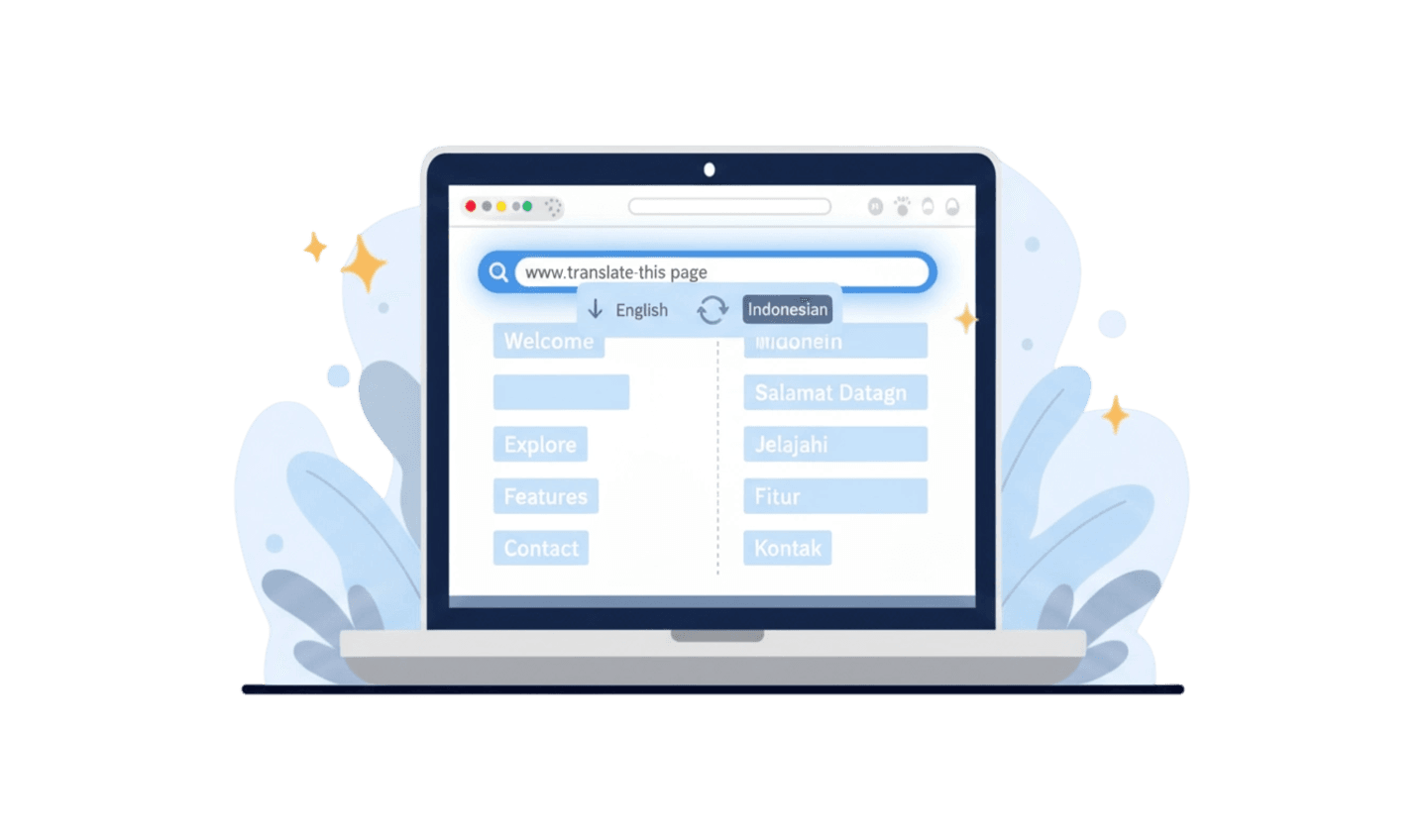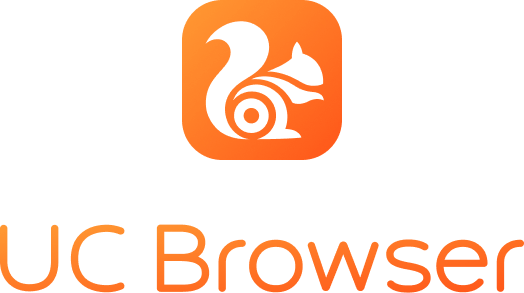In an era of boundless connectivity like today, a fundamental understanding of the software we use daily becomes critically important. Fundamental questions such as, "what is a browser?" often arise in the minds of internet users, both new and experienced. Simply put, the definition of a browser is a vital software application that enables us to explore and interact with the World Wide Web. Without a browser, accessing billions of web pages, social media platforms, streaming services, e-commerce, and various other digital information sources would be impossible. From merely displaying text and images, a browser has evolved into a complex ecosystem supporting various advanced technologies, making it the core of our online experience. This article will thoroughly examine what a browser is, the essence of its functions, how it works behind the scenes, and introduce UC Browser as one of the optimal choices for a modern digital experience. Understanding the central role of a browser is not just technical; it's also key to optimizing our digital experience.
Part 1. Grasping the Essence: The Definition of a Browser and How It Works
A browser is a software application specifically designed to retrieve, present, and navigate information resources on the World Wide Web. In a technical context, it acts as a client that communicates with web servers through standard protocols like Hypertext Transfer Protocol (HTTP). When you enter a website address (URL) or click a link, your browser sends a request to the server hosting that site. The server then responds by sending web data, typically consisting of HTML files, CSS, JavaScript, images, and other multimedia elements.
Upon receiving this data, the definition of a browser is its role as a universal "translator." The browser interprets these codes and renders them into a visual interface that we can see and interact with. This includes displaying text, images, videos, and enabling interactive functions such as buttons, forms, or animations. This entire process occurs in milliseconds, creating a smooth and responsive browsing experience for the user. Without this rendering capability, we would only see a meaningless string of code.
Communication Bridge: A browser is the vital bridge between the user and the web server. It translates your requests into a language the server can understand, and then translates the server's response back into a visual format you can comprehend. This is at the heart of how the internet functions.
Global Web Standards: Browsers operate based on web standards established by the World Wide Web Consortium (W3C), ensuring consistency in website appearance and functionality across various platforms and devices. This is crucial for developers to create universally accessible websites.
Rendering Engine: Each browser uses a "rendering engine" (e.g., Blink, Gecko, WebKit) to interpret and display web pages. The performance, speed, and compatibility of a browser significantly depend on the efficiency of this rendering engine technology.
Part 2. Crucial Browser Functions: More Than Just a Page Viewer
The primary functions of a browser extend far beyond merely displaying web pages. It is a multifunctional tool that empowers users with various capabilities to explore, manage, and secure their online experience. Understanding that a browser is a complex piece of software helps us leverage its full potential.
Here are some crucial functions offered by modern browsers:
Navigation and Information Search: This is the core function. Browsers allow users to access websites by entering a URL directly into the address bar or via hyperlinks embedded on other pages. Integration with search engines also enables users to find information by entering keywords.
Session Management and History: Browsers track the websites you've visited through browsing history, allowing you to easily return to those pages. Bookmark or favorite features help save links to frequently visited websites. Cookies are used to store small pieces of information about your interactions with sites, which can aid personalization and maintain login sessions.
Security and Privacy: The security aspect is a top priority. Modern browsers come equipped with security features to protect users from online threats such as malicious sites, phishing, and malware. This includes unsafe site warnings, support for encrypted HTTPS connections, and private browsing modes (incognito or private browsing) that do not save history, cookies, or site data after the session ends.
Multimedia and Interactivity Support: Browsers are now capable of rendering various types of multimedia content, from static images, audio, to high-quality videos and interactive animations. Technologies like HTML5, CSS3, and JavaScript enable websites to offer dynamic and immersive experiences, such as web-based games or complex online applications.
Extensions and Personalization: Most modern browsers support extensions or add-ons that extend their functionality. These extensions can include ad blockers, password managers, productivity tools, or visual theme changers. This allows users to customize their browser according to their personal needs and preferences, making the browsing experience more efficient and enjoyable.
Part 3. Popular Browser Types: Choosing the Right One, Including UC Browser
Since the dawn of the World Wide Web, various browser types have emerged, competing to be the user's top choice. This competition drives constant innovation, resulting in faster, more secure, and feature-rich browsers. Each browser has its own strengths and characteristics, making it a favorite for specific user segments. Understanding these differences is crucial in selecting the browser that best suits your needs.
Google Chrome: The most popular browser globally, known for its speed, extensive extension ecosystem through the Chrome Web Store, and tight integration with other Google services like Gmail and Google Drive. Chrome continues to innovate in performance and security, though it is sometimes criticized for its high memory resource usage.
Mozilla Firefox: As an open-source browser, Firefox is known for its commitment to user privacy and strong customization. Firefox Quantum, its latest version, offers significant speed improvements and better memory management. It's a popular choice for users seeking a privacy-focused alternative.
Microsoft Edge: The successor to Internet Explorer, Edge is built on the same Chromium engine as Chrome, offering fast performance and excellent web compatibility. Edge is tightly integrated with the Windows ecosystem and offers unique features like efficiency mode, collections, and integrated learning tools.
Apple Safari: The default browser for all Apple devices (macOS, iOS, iPadOS). Safari is renowned for its energy efficiency, which helps extend battery life on portable devices, as well as a strong focus on user privacy and security. Its seamless integration with the Apple ecosystem makes it a natural choice for users of Apple products.
Opera: An innovative browser with a long history, Opera offers various unique built-in features such as a free VPN, an ad blocker, and a battery saver mode. Its sleek design and focus on productivity-enhancing features make it an attractive option for users looking for more than just a basic web explorer.
UC Browser: A highly popular browser among mobile users, particularly in emerging markets. UC Browser stands out with exceptional browsing speed, aggressive data-saving features, and an interface optimized for mobile devices. It's designed to provide a smooth experience even on slow network connections, thanks to its page compression technology. Built-in features like ad blocking, night mode, and smart download management make it a practical choice for daily use, proving that a browser is a tool that can be tailored for maximum efficiency wherever you are.
Browser development also includes adaptation to various platforms. Desktop browsers are designed for large screens and keyboard/mouse input, while mobile browsers are optimized for touchscreens and efficient resource usage on handheld devices. However, the core functions remain the same: every browser is a fundamental tool for accessing information on the internet.
Part 4. Downloading UC Browser: A Complete Guide for an Optimal Experience
UC Browser is known as one of the prominent mobile browsers with high speed, data-saving features, and a user-friendly interface. This browser is designed to provide an efficient web browsing experience, especially on limited internet connections or when you want to save data quota. If you are looking for a browser alternative that offers optimal performance and practical features, downloading UC Browser can be an excellent choice. UC Browser continuously improves its performance to align with the definition of a browser is a fast and reliable tool.
Here is a step-by-step guide to download UC Browser on your device:
Step 1: Identify Your Device and Operating System
Before downloading, it's crucial to know your device type (Android or iOS) to choose the correct download source. UC Browser is available for both platforms, ensuring broad compatibility and accessibility for most smartphone users.
Android Users: Visit the Google Play Store. This is the official and safest source for Android applications.
iOS Users: Visit the Apple App Store. Ensure you have an Apple ID for the download process.
Step 2: Search for UC Browser in the Official App Store
After identifying the appropriate app store, use the search feature to find UC Browser. This is the safest way to ensure you download the official version and avoid malware or fake versions that could potentially harm your device.
In Google Play Store or Apple App Store: Type "UC Browser" into the search bar available at the top or bottom of the app store screen.
Verify the Developer: It is crucial to ensure you are downloading the application from the official developer, typically listed as "UCWeb Inc." This guarantees the application's authenticity and security.
Step 3: Download and Install the Application
Once you've found the official app, follow the on-screen instructions to download and install UC Browser onto your device. This process is generally fast and automatic, depending on your internet speed and device specifications.
Tap the "Install" or "Get" Button: This button will initiate the download and installation process automatically.
Grant Necessary Permissions: The app may request certain permissions (e.g., storage or network access). Read and agree to these permissions to allow the browser to function properly without hindrance.
Open and Start Browsing: After the installation is complete, open the UC Browser app from your home screen or app list. You are now ready to start browsing the web with a faster and more data-efficient experience.
Conclusion:
From the discussion above, it is clear that what a browser is makes it a fundamental component inseparable from our internet browsing experience. More than just a tool for displaying web pages, it has evolved into a sophisticated platform supporting various crucial functions, from navigation, session management, security, to personalization. The definition of a browser is the starting point for understanding how this technology bridges us to the vast digital world. The development of various types of browsers, including UC Browser, demonstrates the industry's dynamism in meeting diverse user needs. UC Browser, with its focus on speed, data efficiency, and practical features, is a prime example of how modern browsers are designed to optimize the browsing experience. For a faster, more data-efficient, and comfortable experience, downloading and using UC Browser can be a smart choice, especially for mobile device users.










